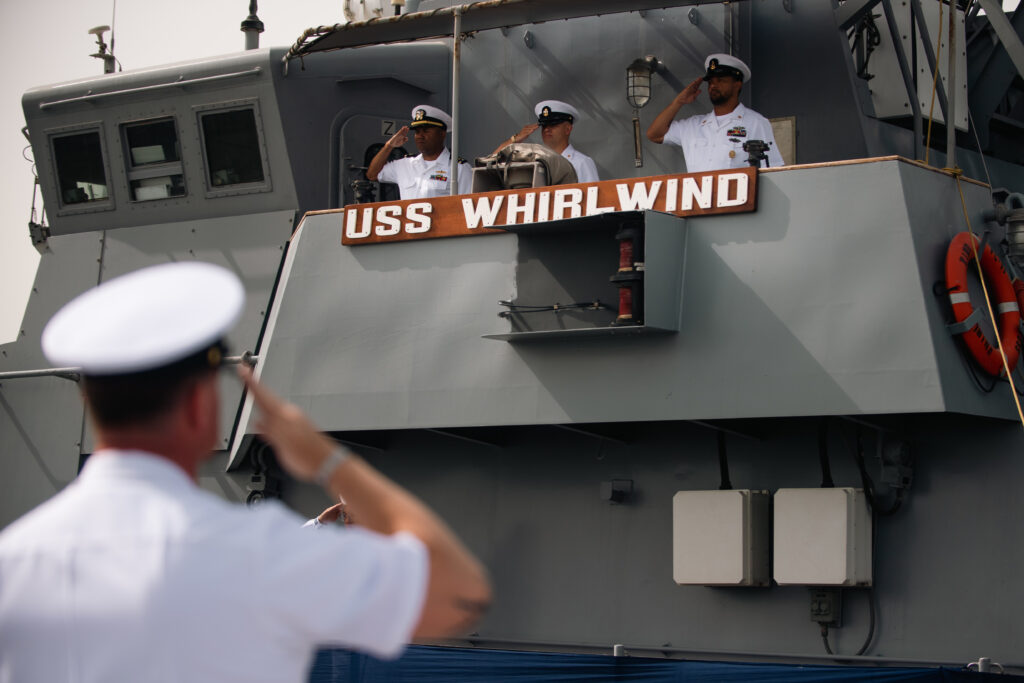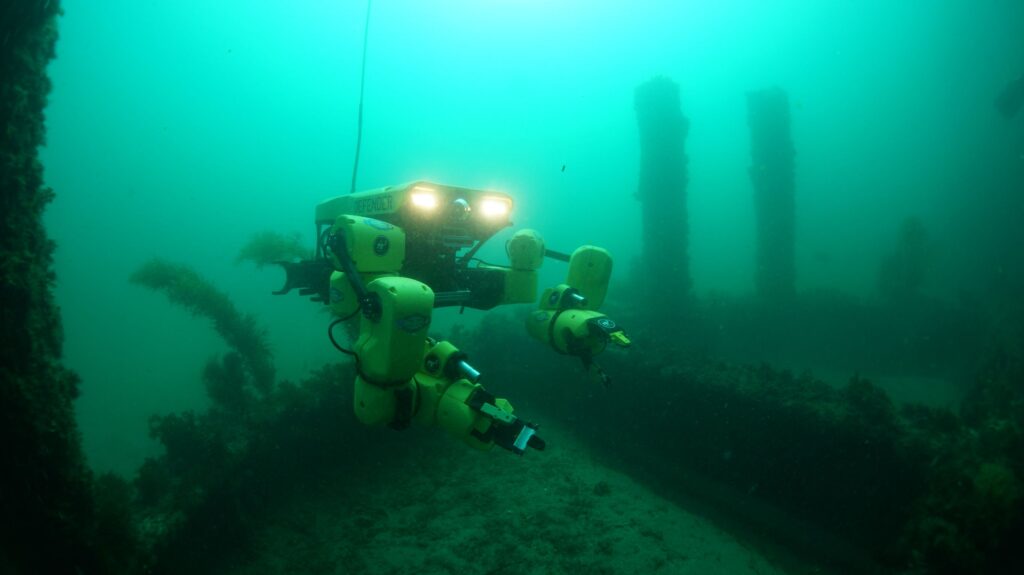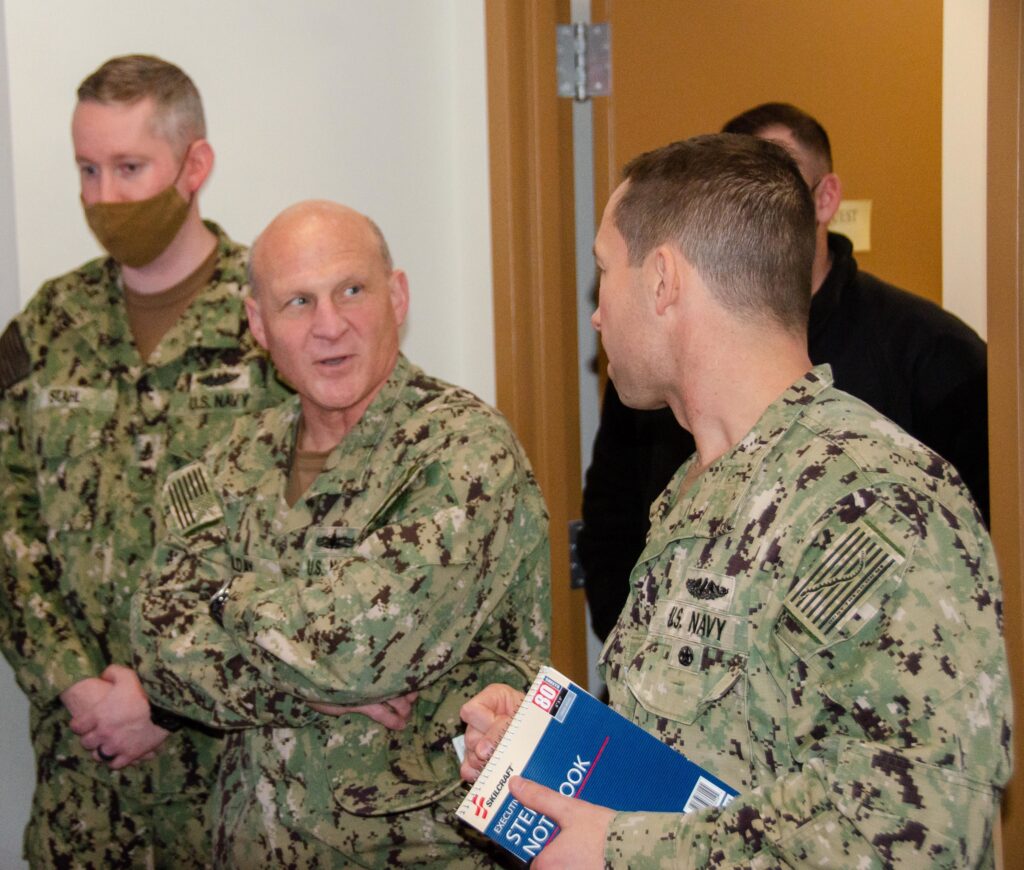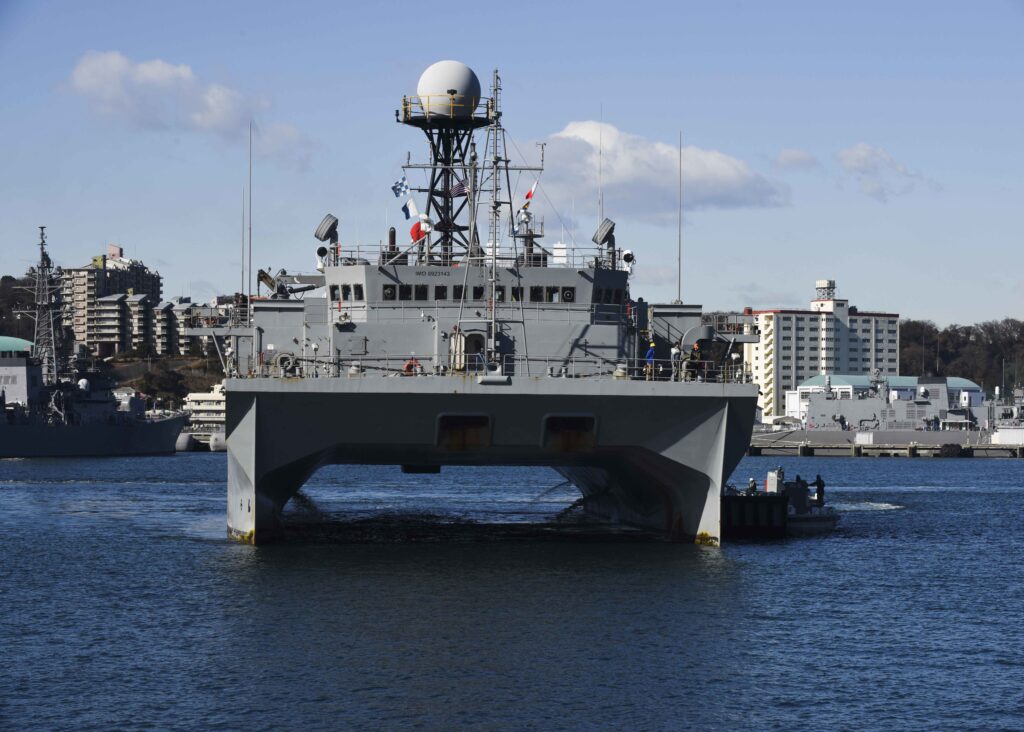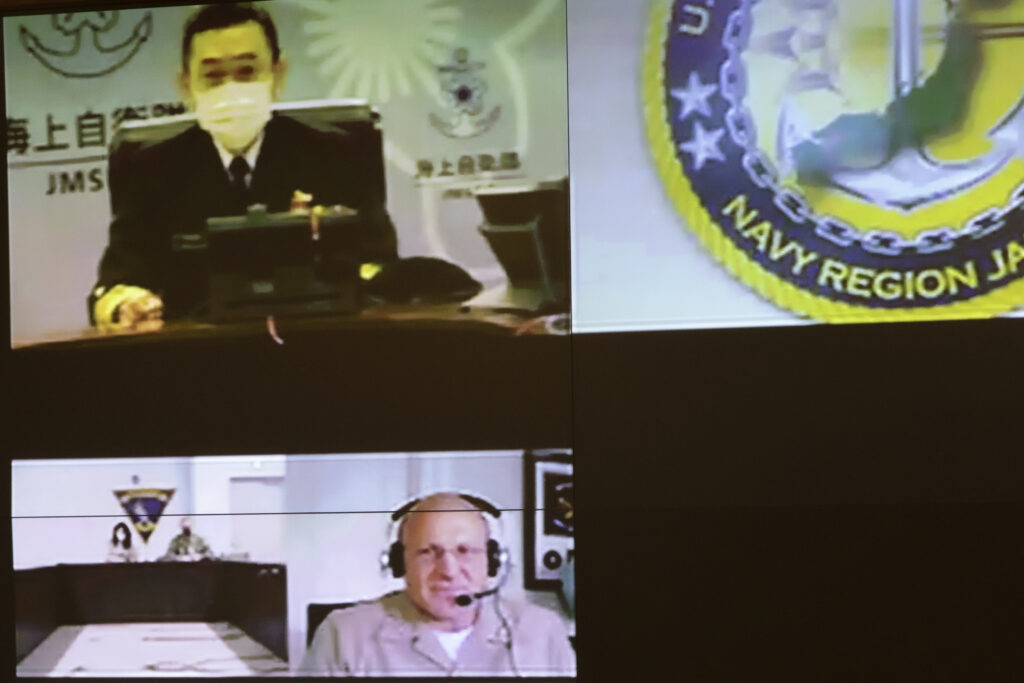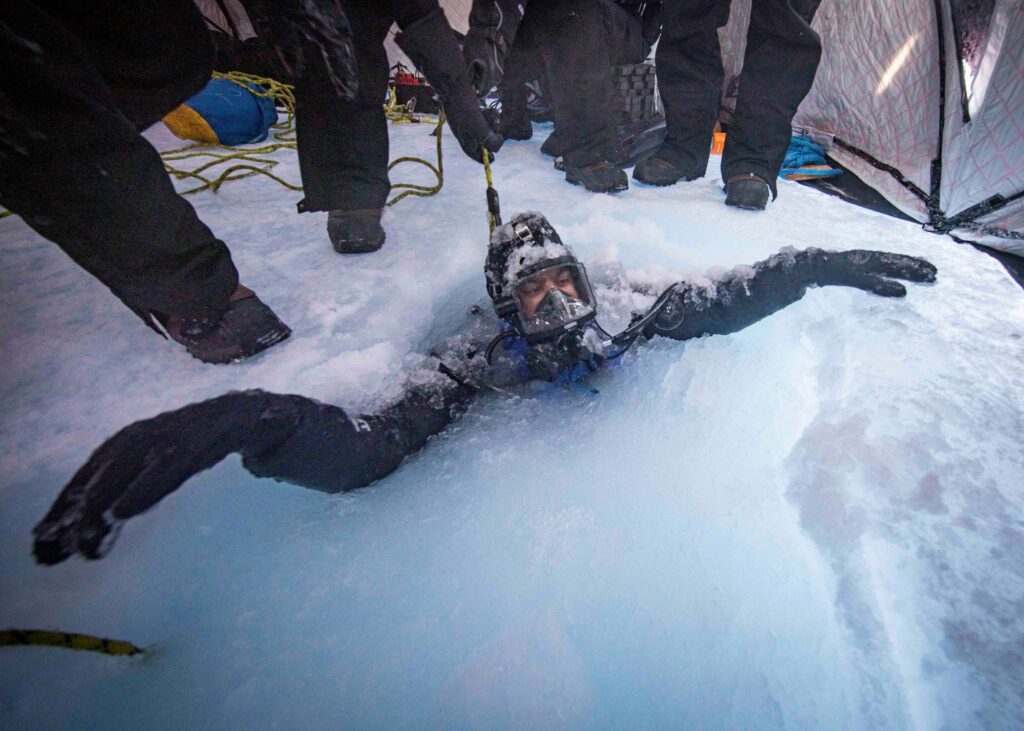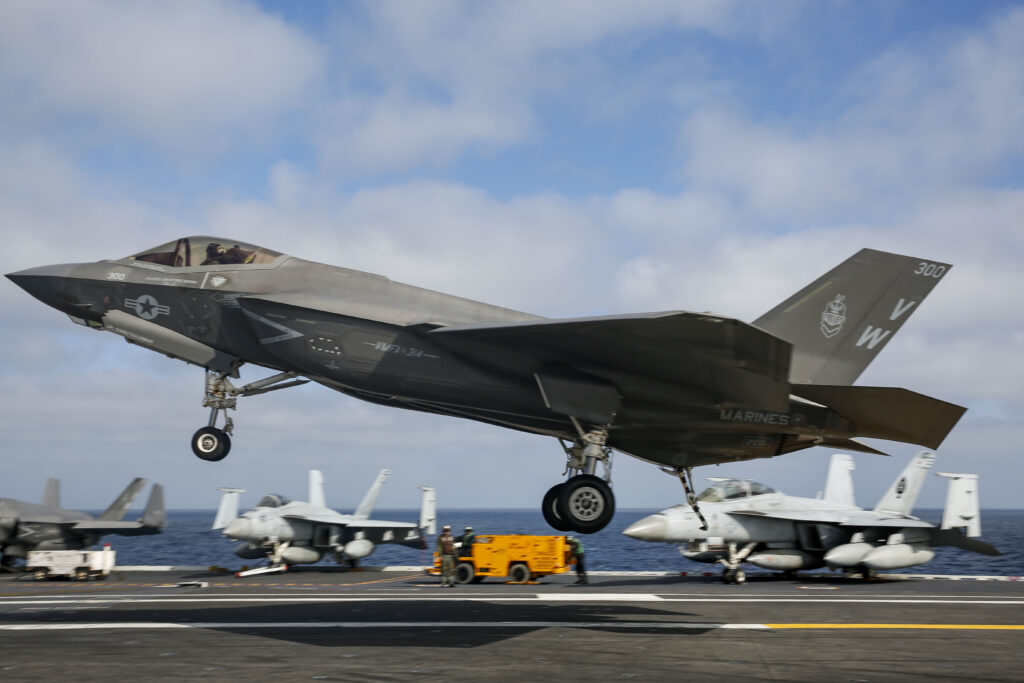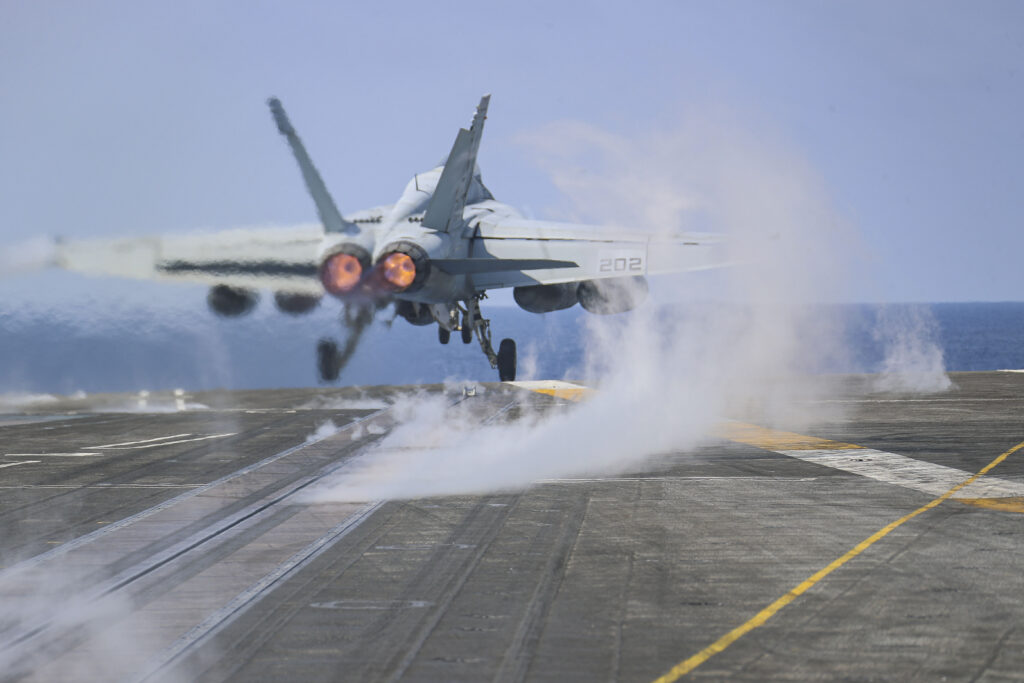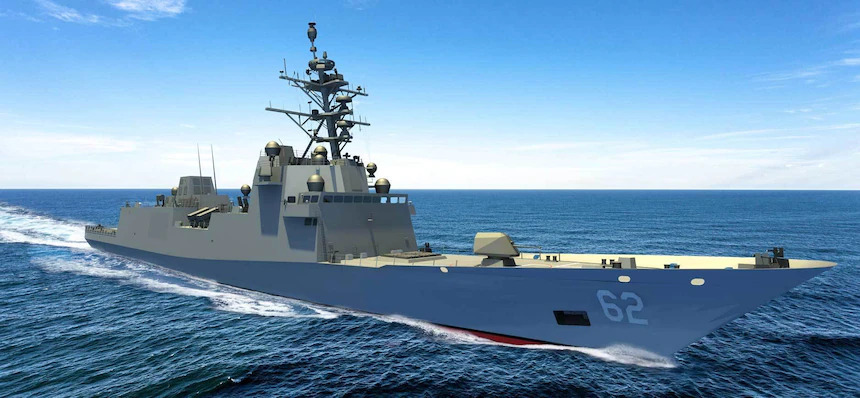Navy Orders YRBM Barges from Conrad Shipyard
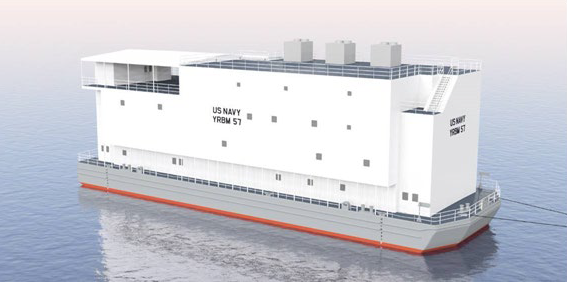
MORGAN CITY, La. — Conrad Shipyard LLC has been awarded a contract by the U.S. Navy for the design and construction of up to eight Yard, Repair, Berthing and Messing (YRBM) barges, the company said in a release.
YRBM barges provide a temporary home away from home and workplace for service men and women whose vessels are in port for repairs or maintenance. Conrad’s design incorporates functional spaces which allow the Sailors to work, sleep, and eat comfortably.
The fixed-price contract, a small business set-aside, has a potential value of more than $140 million. Conrad expects to deliver the first YRBM barge to the Navy in late 2023. If the Navy exercises options for the additional barges, peak production is expected to occur from 2023 through 2025.
“We are excited to enter into this partnership with the Navy to help modernize its fleet,” said Conrad Shipyard CEO Johnny Conrad. “Not only will this contract provide an abundance of jobs for our workforce in the Morgan City area, but it will also help to support a multitude of small businesses. I know our dedicated and hardworking men and women at Conrad are proud to work on this project which will ultimately benefit the brave service men and women of the U.S. Navy.”
The YRBM barge is an ABS A1 Accommodation Barge with a footprint of roughly 151 feet by 49 feet by 14 feet. The vessel provides pier-side living accommodations capable of berthing 199 mixed gender personnel, messing for 300 personnel, and includes spaces for medical offices, classrooms, workspaces, laundry rooms, storerooms and lounge areas.
